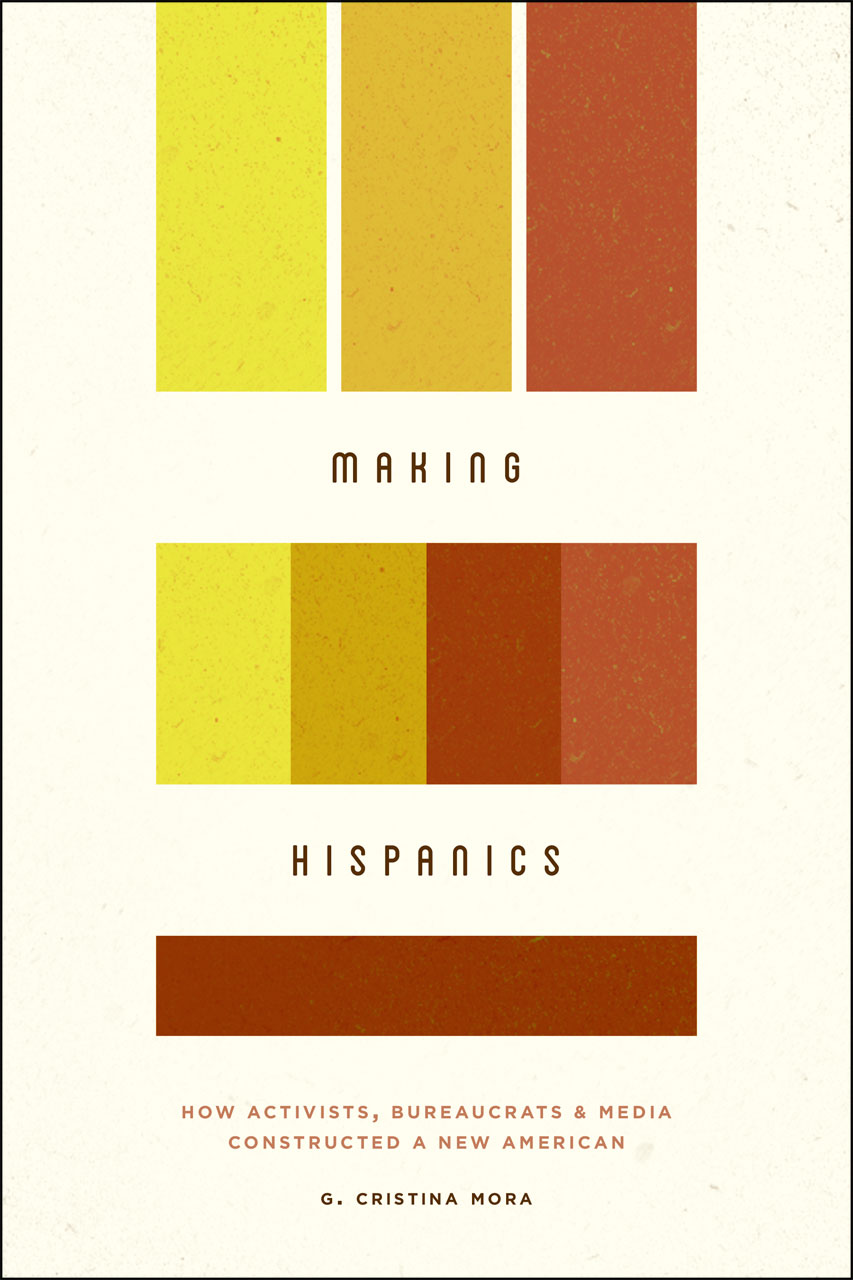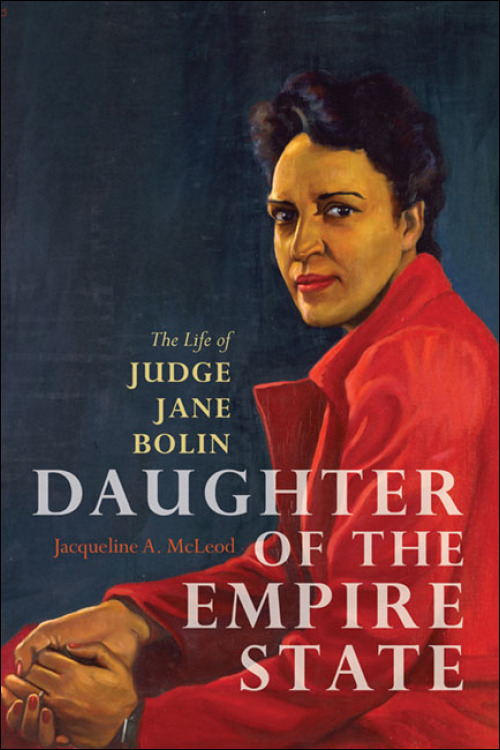Contours of a People: Metis Family, Mobility, and HistoryPosted in Anthologies, Anthropology, Books, Canada, History, Media Archive, Native Americans/First Nation, United States on 2014-04-21 00:43Z by Steven |
Contours of a People: Metis Family, Mobility, and History
University of Oklahoma Press
2012
520 pages
Illustrations: 12 B&W Illus., 8 Maps, 16 Tables
6.125 x 9.25 in
Paperback ISBN: 9780806144870
Edited by:
Nicole St-Onge, Professor of History
University of Ottawa
Carolyn Podruchny, Associate Professor of History
York University, Toronto
Brenda Macdougall, Associate Professor of History and Geography
University of Ottawa
Foreword by: Maria Campbell
Offers new perspectives on Metis identity
What does it mean to be Metis? How do the Metis understand their world, and how do family, community, and location shape their consciousness? Such questions inform this collection of essays on the northwestern North American people of mixed European and Native ancestry who emerged in the seventeenth century as a distinct culture. Volume editors Nicole St-Onge, Carolyn Podruchny, and Brenda Macdougall go beyond the concern with race and ethnicity that takes center stage in most discussions of Metis culture to offer new ways of thinking about Metis identity.
Geography, mobility, and family have always defined Metis culture and society. The Metis world spanned the better part of a continent, and a major theme of Contours of a People is the Metis conception of geography—not only how Metis people used their environments but how they gave meaning to place and developed connections to multiple landscapes. Their geographic familiarity, physical and social mobility, and maintenance of family ties across time and space appear to have evolved in connection with the fur trade and other commercial endeavors. These efforts, and the cultural practices that emerged from them, have contributed to a sense of community and the nationalist sentiment felt by many Metis today.
Writing about a wide geographic area, the contributors consider issues ranging from Metis rights under Canadian law and how the Library of Congress categorizes Metis scholarship to the role of women in maintaining economic and social networks. The authors’ emphasis on geography and its power in shaping identity will influence and enlighten Canadian and American scholars across a variety of disciplines.







